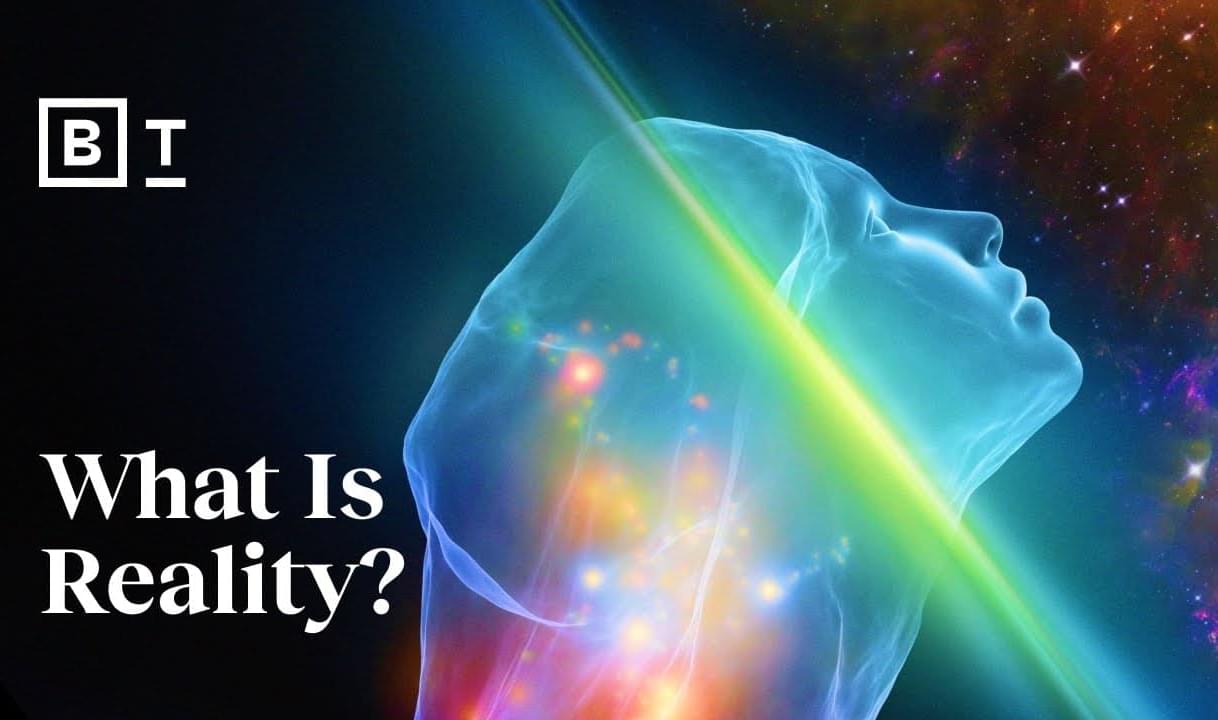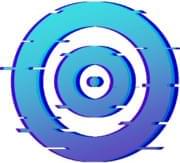Dec 26, 2023
How Augmented Intelligence Is Reshaping The Future Of Work
Posted by Dan Breeden in categories: innovation, robotics/AI
How do we solve the problem of job displacement? “The best way out is always through,” as Robert Frost said.
In the face of AI advancements, it’s time to double down on our uniquely human capabilities: imagination, anticipation, emotions and judgment—traits that machines cannot replicate.
AI has proven itself capable of tackling routine tasks within closed management systems but struggles when faced with open-ended problems requiring creativity and adaptability—a realm where humans reign supreme. Remember, there is more to work than simply executing tasks; there’s also vision-setting, team-building and innovation-driving. These areas are immune from automation because they require “the human touch.”
















